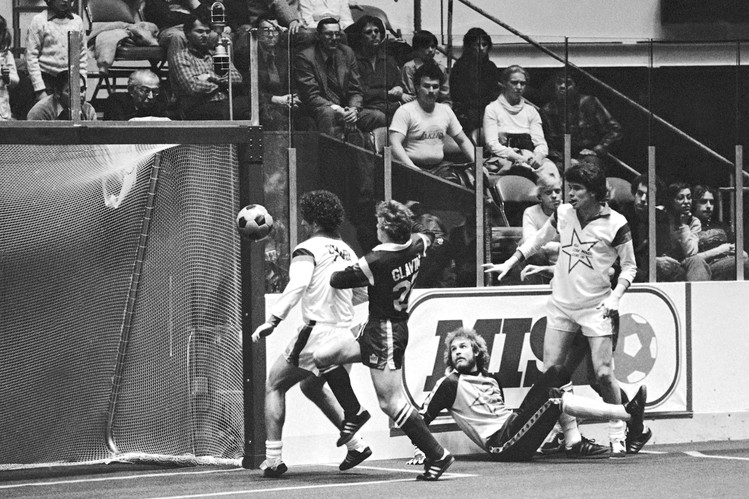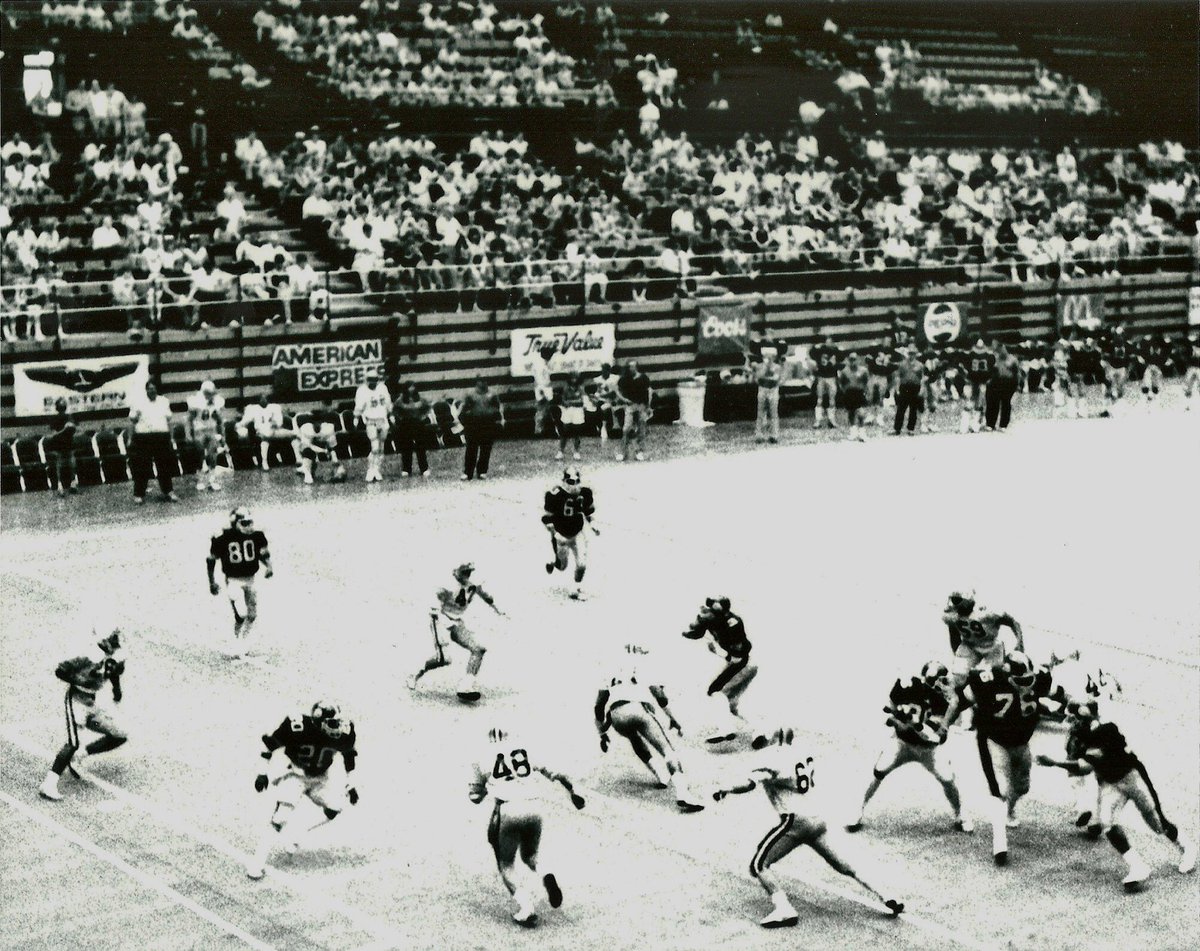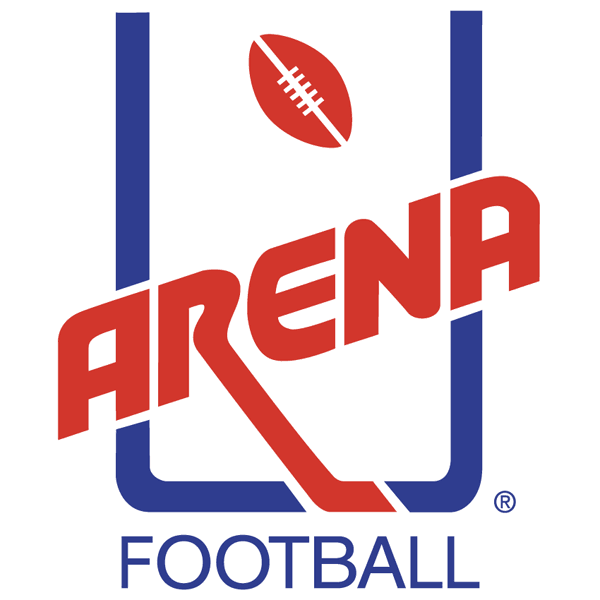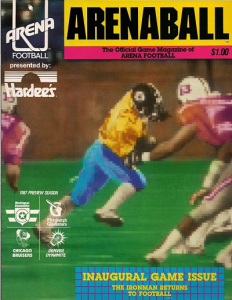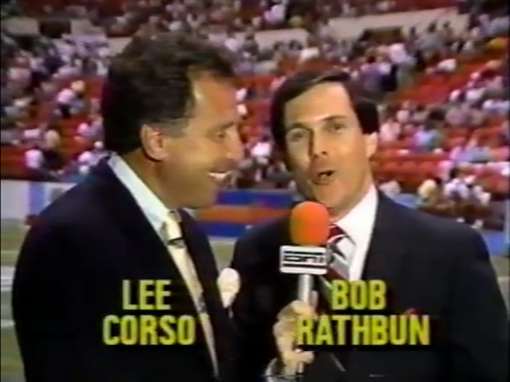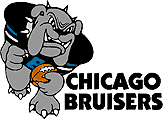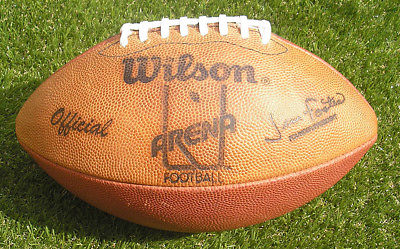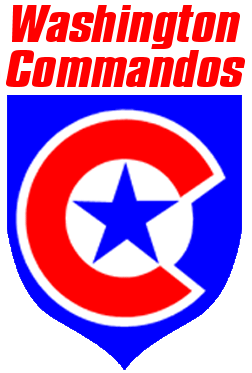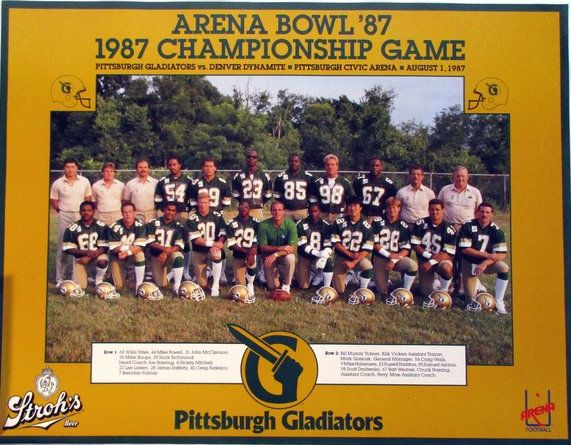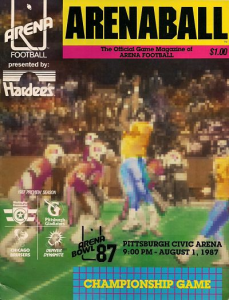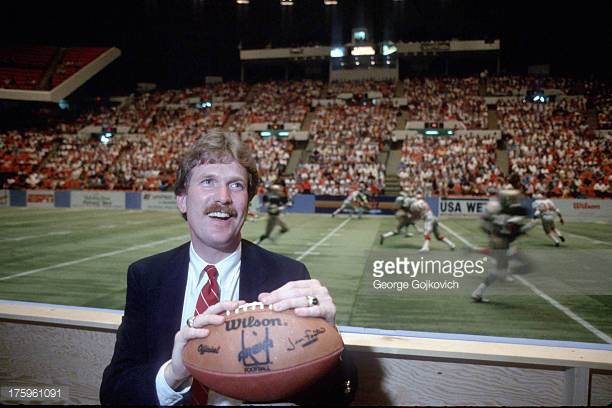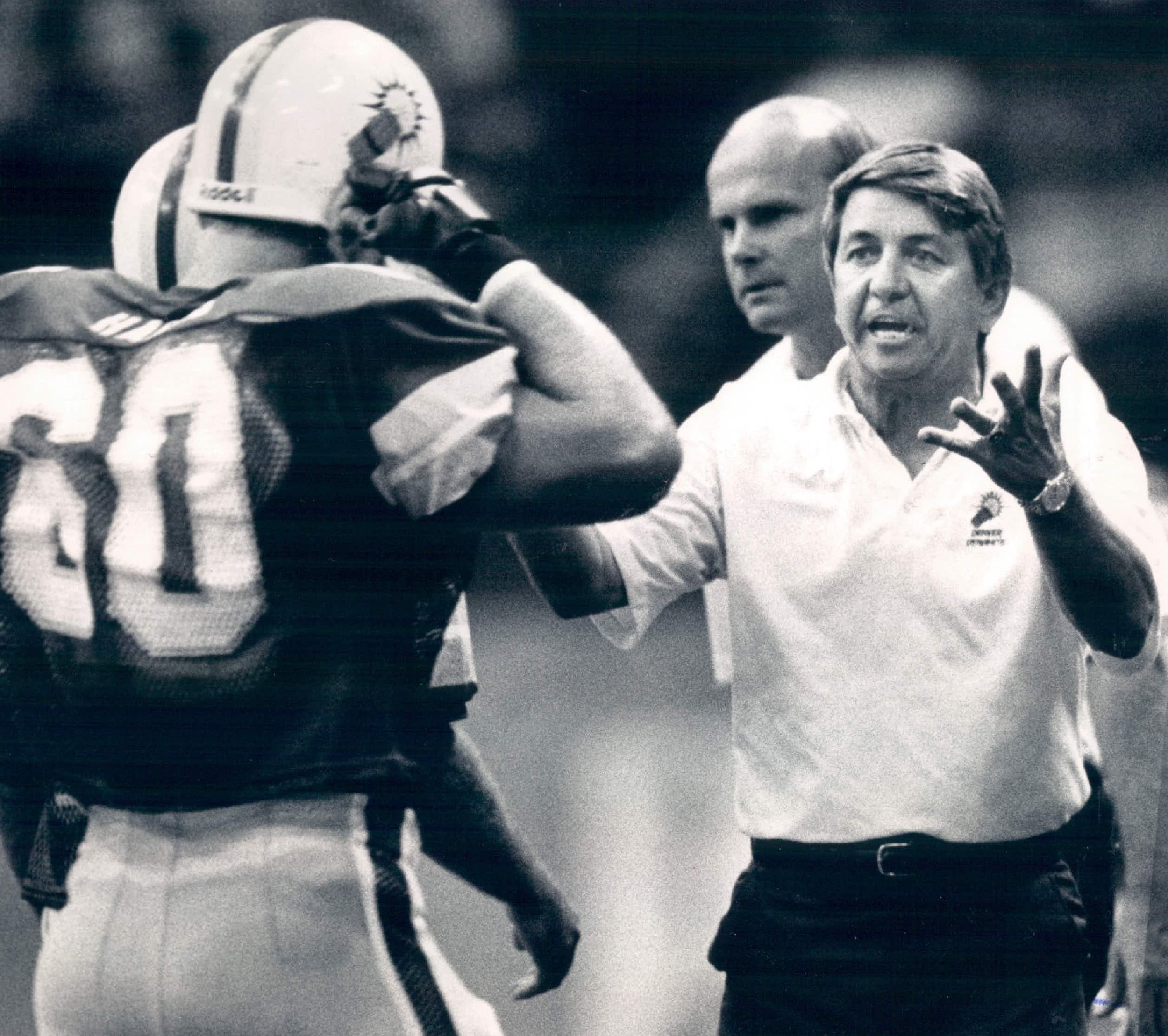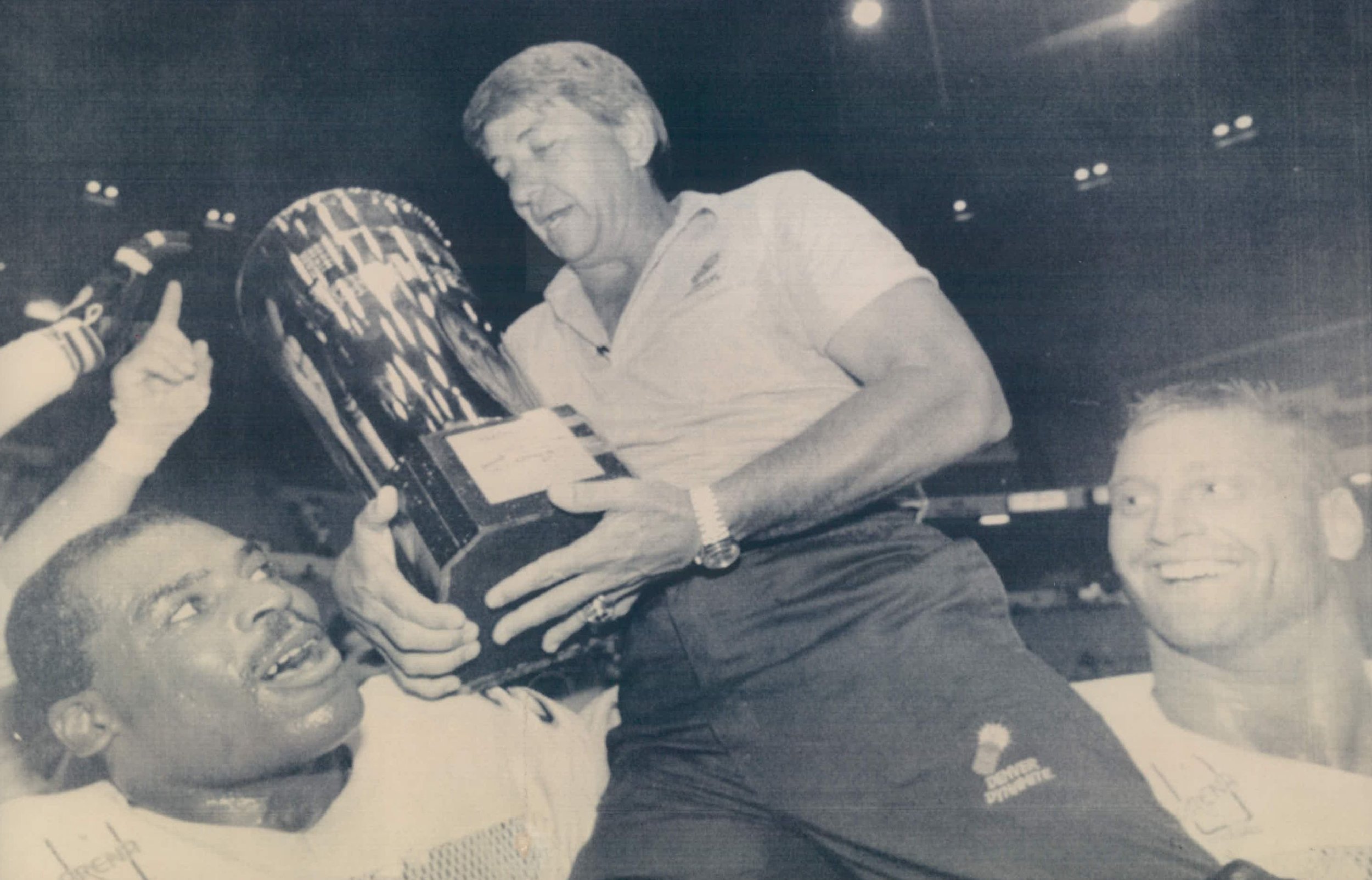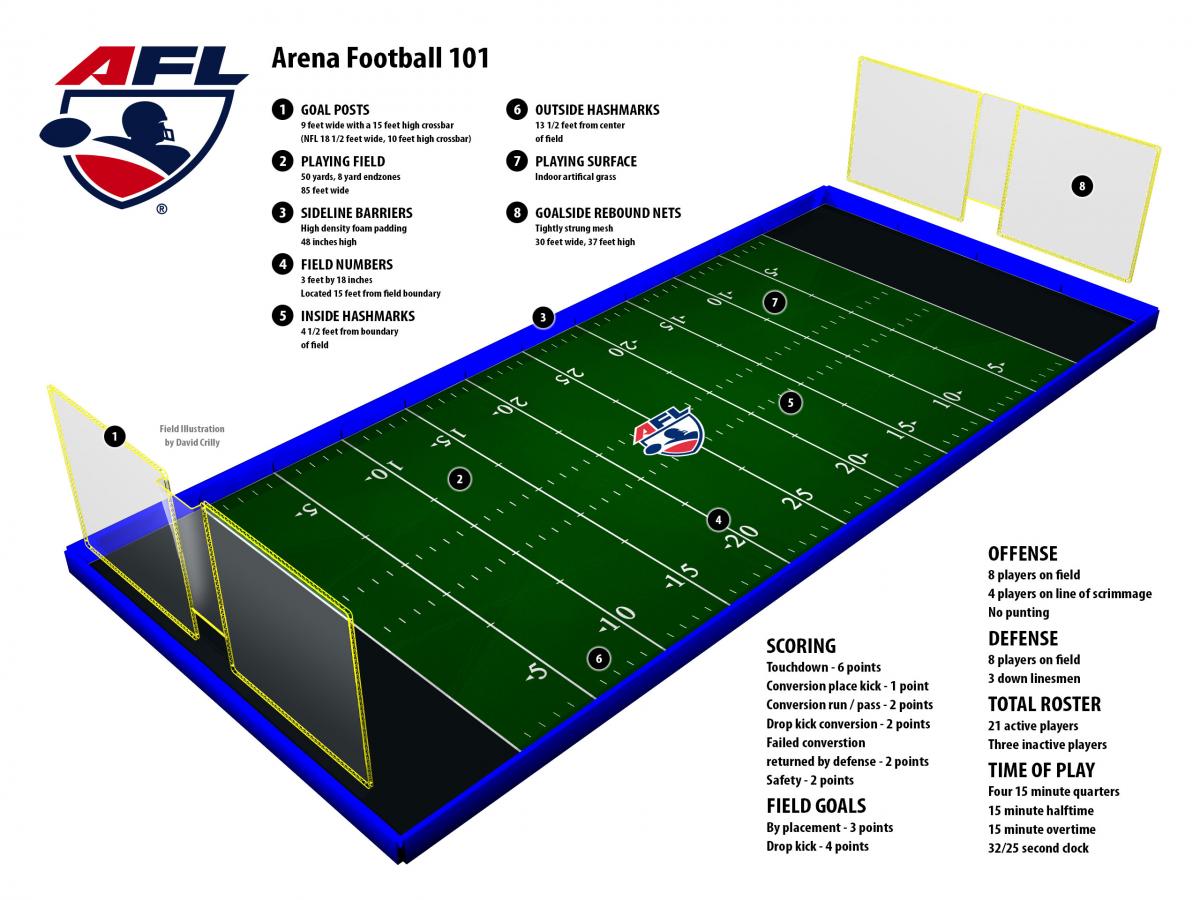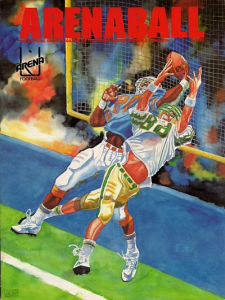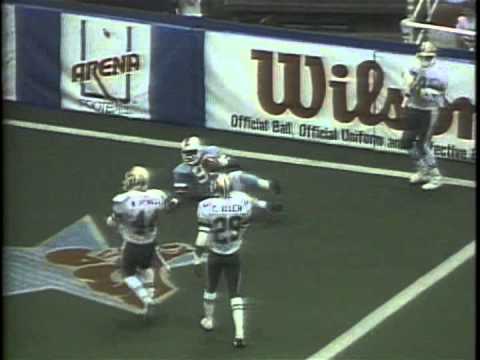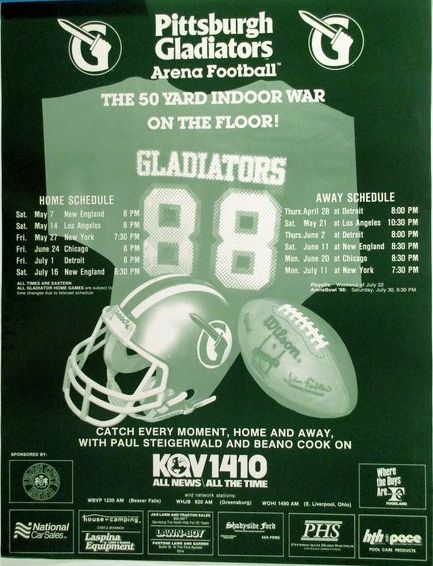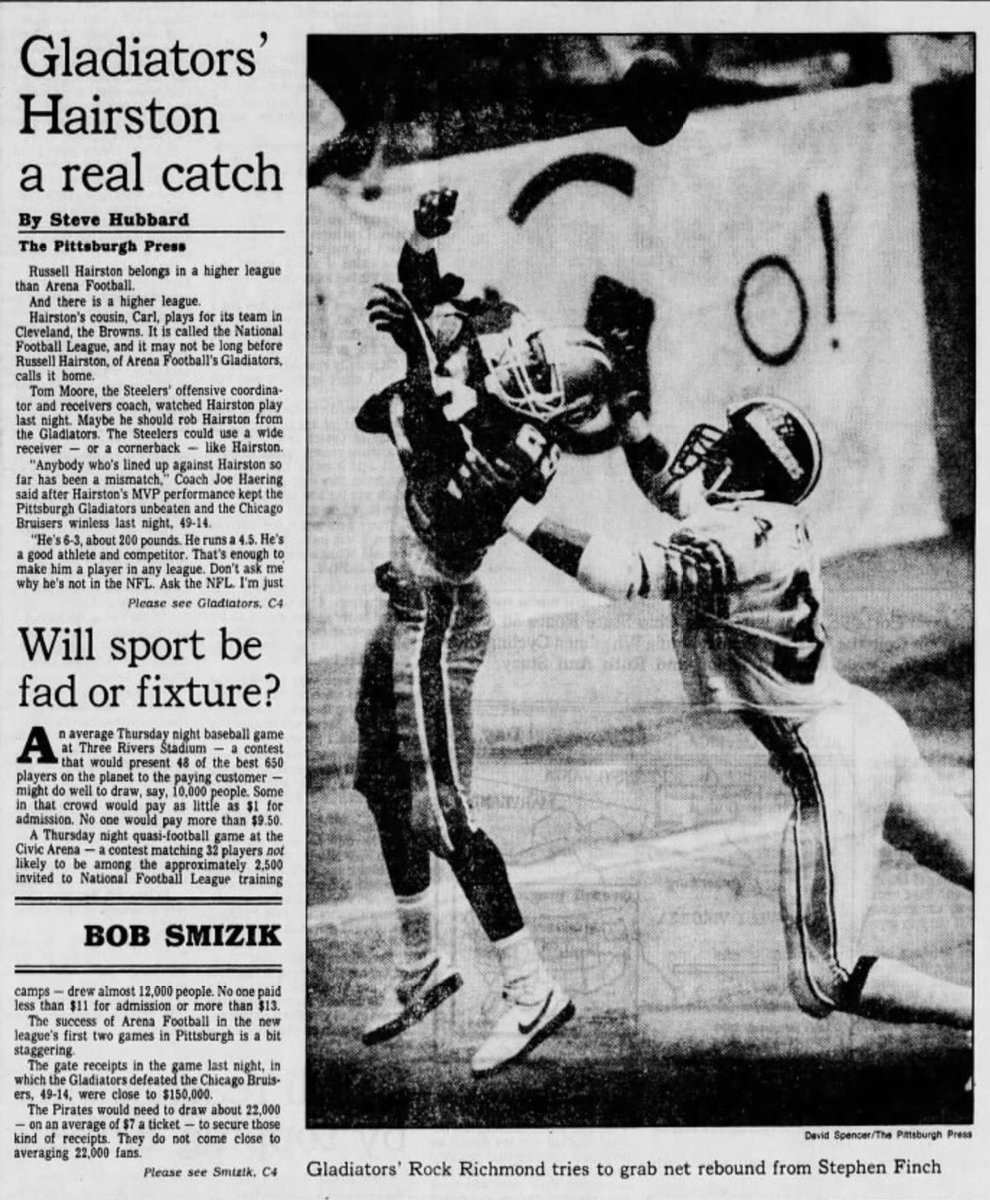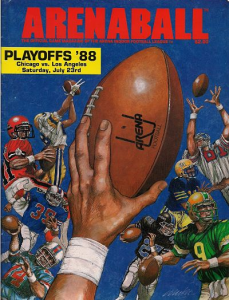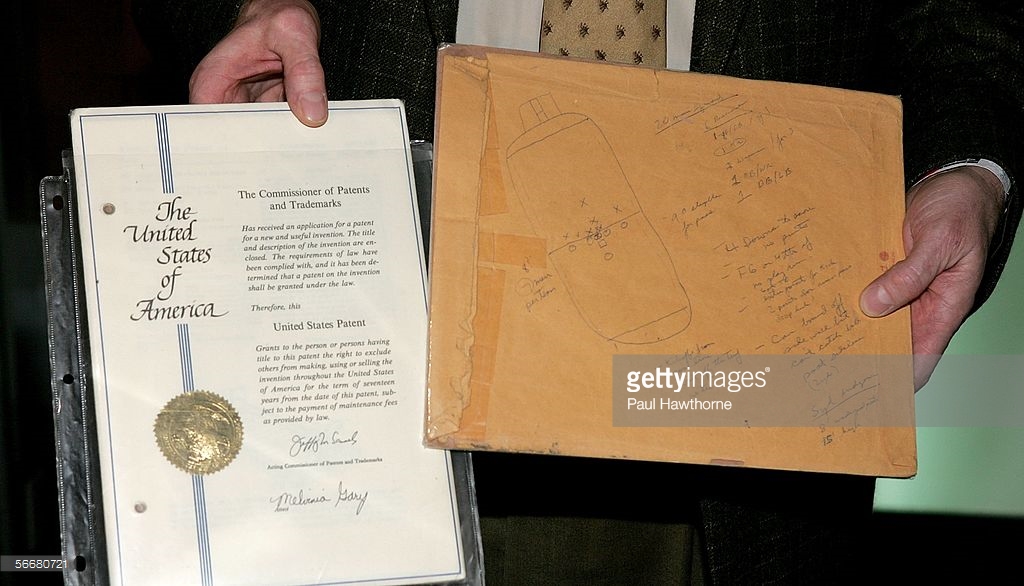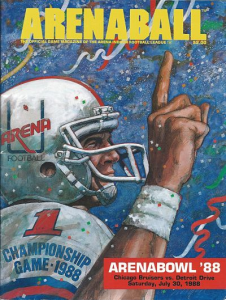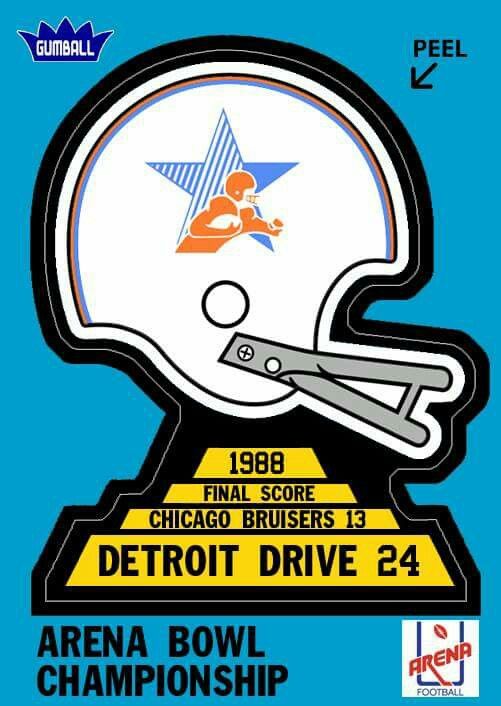As the new year beckons, the fate of the Arena Football League – one of America’s most innovative modern-day professional sports concepts – hangs in the balance. With only four teams (the mutually-owned Washington Valor and Baltimore Brigade, defending champion Philadelphia Soul, and a still-unnamed Albany, NY squad) confirmed for the upcoming 2018 season, the AFL will play with exactly the same number of franchises that comprised its inaugural “demonstration” season back in 1987 – and a mere fraction of the 19 clubs that competed during its heyday in the early-to-mid 2000s.
Much has happened to the league and the sport during those 30+ years, of course – and few doubt that the unique (and once-patented) excitement of arena football won’t eventually find a sustainable business model and a return to long-term stability.
In the interim, however, we delve into how it all began, with the first of our two-part interview with Iowa native Jim Foster – the inventor of arena football and the founder of the original Arena Football League – who takes host Tim Hanlon on rollicking excursion across the uncharted sports terrain of the 1970s and 80s that led to both the birth of a sport and the launch of a professional league, including:
- Exporting professional American football to Europe decades before the NFL;
- Discovering fans’ year-long appetite for pro football via the USFL;
- Scribbling parameters for “indoor football” on a manila envelope while attending the 1981 MISL All-Star Game;
- Tinkering on a shoestring with facilities, equipment, rules, and approaches to TV broadcast coverage;
- Tapping into the nostalgia and cost economics of two-way players, as well as the fan appeal of “run-and-shoot” offensive action; AND
- Defending the notion of centrally-controlled league ownership from franchise-hungry charter owners.
This week’s episode is sponsored by SportsHistoryCollectibles.com , Audible and Podfly.
